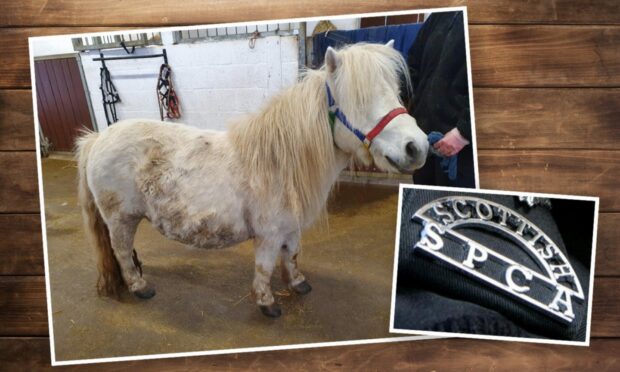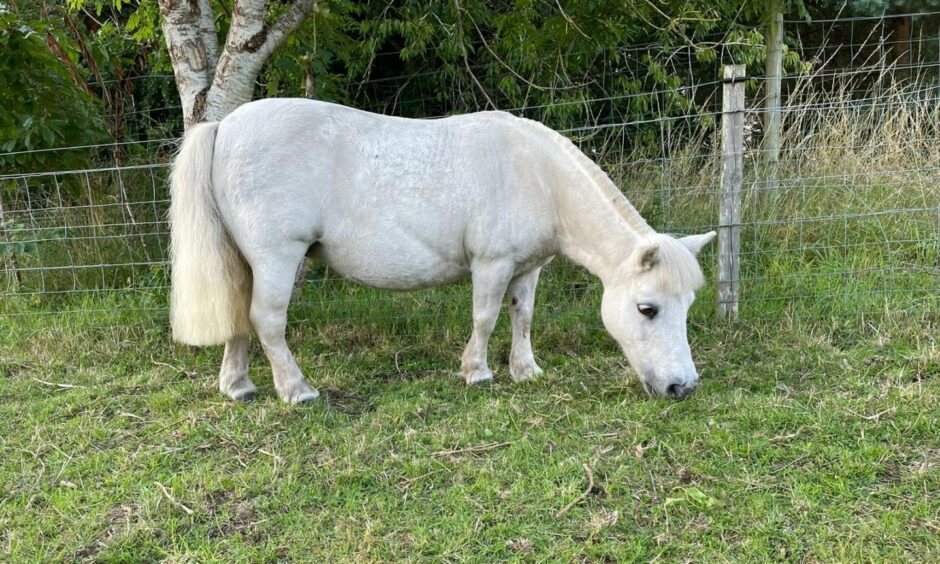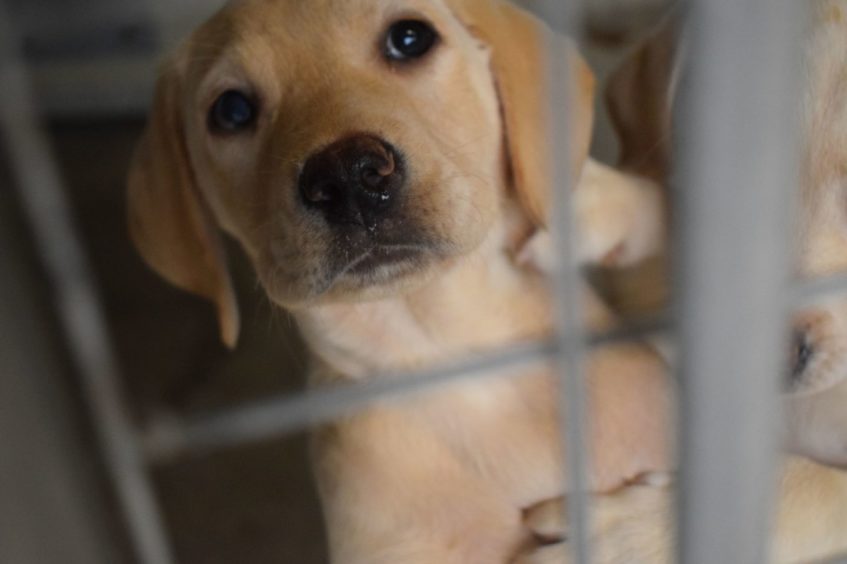The Scottish SPCA has welcomed new legislation that has come into effect which dictates how long rescue animals spend in the care of kennels.
The charity anticipates the reforms to the welfare laws will help reduce the number of days animals spend in the care of kennels by up to 90%.
Until now, animals seized on welfare grounds without their owners signing them over would have to be kept in a rescue centre until any legal proceedings concluded.
Keeping animals under such circumstances is known as providing “temporary refuge”.
Six-month average for dogs in kennels
A new section has now been added to legislation, which gives Scottish SPCA inspectors, the police or individuals appointed by local authorities the ability to rehome rescue animals that have not been signed over by their owners.
The whole process can now be done in just three weeks.
In 2020, temporary refuge dogs spent an average of 203 days living in a kennel environment.
The Scottish SPCA provides care and accommodation for over 1,500 rescue animals at a cost of over £500,000 per year.
Animals that would have benefited from the changes to the legislation include Paloma the horse that was seized by inspectors.
She had overgrown feet, had sores all over her and was riddled with lice. Worst of all she was pregnant while in that condition.
In the care of Scottish SPCA, Paloma gave birth to baby Beau and are now both healthy and living the best life in their stable and field, but they had to wait over 500 days to be rehomed.
Puppy trade expansion increases burden
Scottish SPCA chief executive Kirsteen Campbell said: “Rescue animals are taken from dire situations which should be a turning point in their lives.
“Sadly, in situations where an owner refuses to sign mistreated or neglected animals over into our care, a seizure can mark the start of a long, complex process which takes months or even years of legal wrangling.
The Scottish SPCA recognise that while they provide dedicated care teams that can provide specialised support for rescue animals, there is no substitute for a loving, permanent home.
The new legislation will allow the charity and other organisations to run more efficiently and free up space in animal rescue centres for other animals.
Ms Campbell added: “The rampant expansion of the puppy trade and swell in public demand for companion animals in recent years has led to us doing even more work to tackle low-welfare animal breeders and dealers and this legislation will allow us to move these animals on quickly.
“I am particularly proud of the role the Scottish SPCA has played in driving this change through supplying evidence, engaging with MSPs and highlighting the emotional cost the previous temporary refuge situation has on people and animals.
“We are the first place in the UK to introduce such reforms and it will transform the lives of tens of thousands of rescue animals for years to come.”


